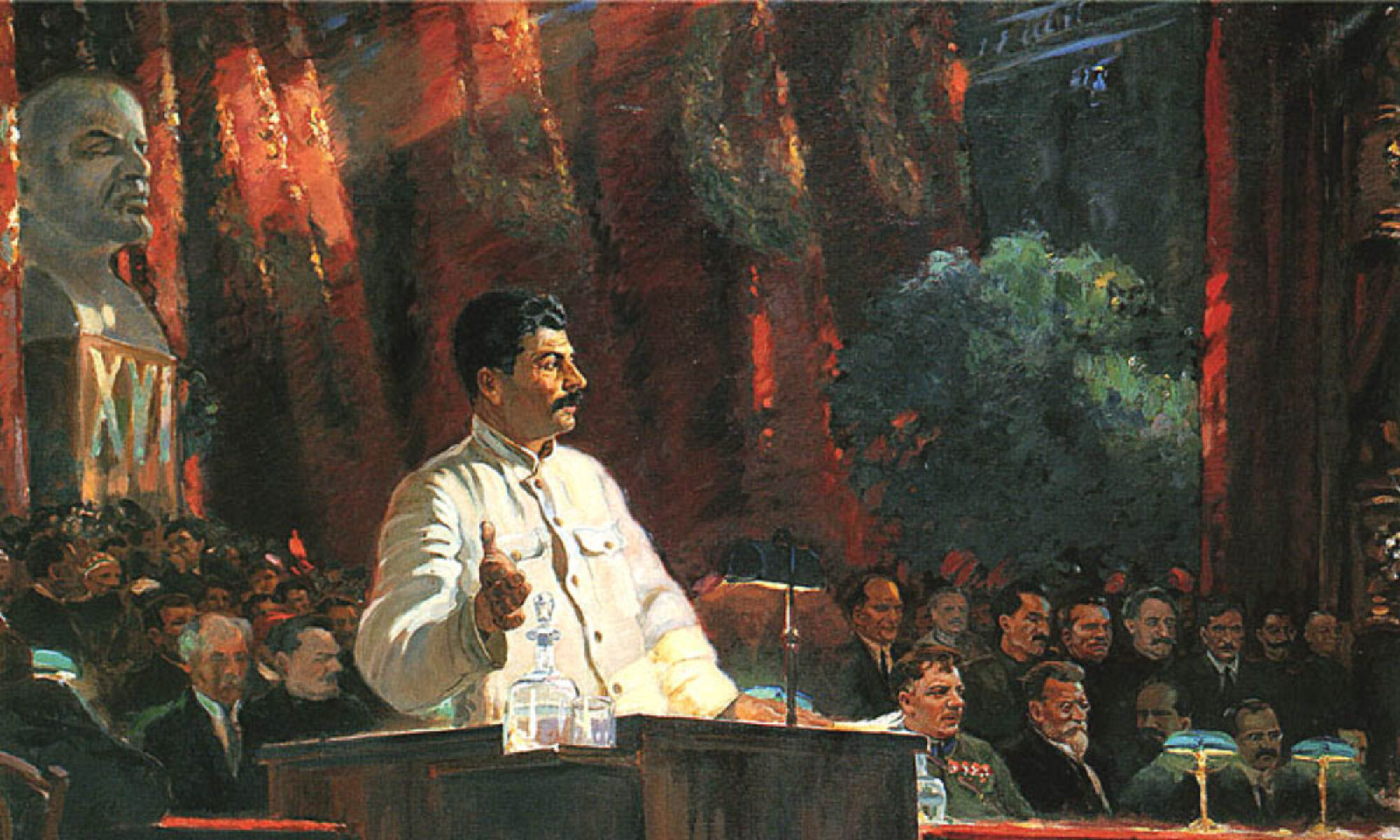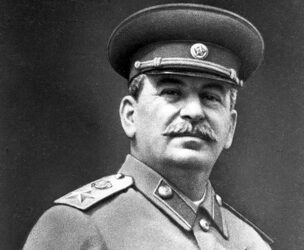Accurate personal accounts of the Stalin years are difficult to attain and even more difficult to interpret. Personal diaries that were found could only be accepted as being only moderately realistic due to the fact that the author may have been influenced by a fear of being arrested, when a person was arrested, the first thing to be confiscated was the diary which was likely to be used as incriminating evidence, ‘the longer he wrote, the more Podlubnyi came to regard the diary as his ”sole friend.”(Pg.81) Only to his diary could he confide the secret of his past as well as his doubts and torments, attempting to fit into the new society. How has this lack of personal accounts affected the world’s perception of the Soviet Union?
Stakhanovite Movement
The Stakhanovite movement was developed as a way to increase productivity of laborers, and to encompass industry, transportation, agriculture and constructions throughout the Soviet Union. The movement also promoted the male as “the New Soviet Man” and encouraged the idea that a happy home life would create a happy worker, “Almost from the beginning, Stakhanovism contained instructions about how to live as well as how to work” (Pg. 223). How then did this Stakhanovite theory effect the women of the Soviet Union?
The Peasant Rebels
Stalin attempted to pacify the peasant households by calling for “a cow in every peasant household.” Not only was he trying to appease the peasants but he was also using a diversionary tactic to take attention away from the massive starvation among the peasant households. What he didn’t count on was, as Daniel Field suggests, “peasants appear at times to have exploited official preconceptions about themselves for their own ends.” How were the peasants, and particularly the peasant women able to take advantage of their encounters with Soviet authority?
A New Soviet Renaissance
1926 saw a cultural rebirth of the Soviet Union. Many changes occurred, primarily how women were perceived and treated, the “Great Leap Forward” described by Marianne Kamp would bring women from other cultures and backgrounds and have them join the modern society of the Soviet Union. This would help with certain issues that these women would face in their daily lives, but soon enough the Communist Party would act as the arbiter for these women . On one hand, at the Uzbekistan Communist Party Central Committee meeting some of the members were in strong support of freeing women from their veils (symbols of slavery) but, “in regional meetings Communists supported a more subtle unveiling movement, with unveiling meetings only for wives of responsible workers” (Pg. 164). Do you think this created the idea that instead of listening to your spouse/family, that now women had to listen the Party, and had to be subservient to the Party?
Stalin’s Image
During the Soviet dictator’s three decades in power, a dynamic “cult of personality” grew up around him. Comparisons to some dictators and even some democratic leaders are also being made. Plamper argues that the Stalin cult was one of the most well-crafted and strictly monitored in history. For example, Stalin’s status was enhanced to various extents depending as to how much he wanted to take credit for political, economic, and military developments. Stalin even identified himself as being a Russified Georgian-Asian, “yet, Stalin was never depicted as a Georgian. As a critique of a draft copy of heavily illustrated album of Lenin and Stalin put it, ‘The majority of the pictures…belongs to artists from Georgia. This creates the impression of Stalin as the leader only of the Georgian people not of all people of the Soviet Union. This flaw must be eliminated’” (p. 47). Do you believe Plamper’s argument that Stalin’s image was well crafted?
Soviet Symbolism
Throughout Soviet Union history, key symbols have shaped the Soviet culture. When you see these symbols, such as the infamous hammer and sickle and the Soviet star, you instantly identify them with the Soviet Union. However, there were many different images established to represent the Soviet worker. One had the “worker” portrayed as a “blacksmith…with a composed and dignified demeanor, a hammer by his side. A second variant portrayed the blacksmith in the act of striking an anvil or in some other physical act, such as slaying a hydra, doing battle with the enemy, or warding off a rapacious eagle” (Pg. 351). Why do you think the latter artists needed/wanted to portray the worker as some sort of super hero?
Soviet Music
1932 marked the inauguration of the second Soviet “Five Year Plan”. This second phase included the arts namely literature and music. “the organization of composers proceeded rather slowly; while the Soviet writers were able to mount their first national congress in 1934, the Soviet composer did not hold a national conference until 1948.” Why did it take the composers so much longer to organize?
The Circus
The 1936 Soviet film, The Circus presents Western Cultures such as the United States and even Germany as being highly racist. The film begins with Marion, a circus performer, being chased by a mob who are throwing rocks and yelling at her because she has a child of color. This scene takes place in “every town USA”. Marion ends up joining a circus in the Soviet Union and due to her abusive German agent, she tries to keep her bi-racial baby hidden. Once her secret is revealed, she finds that the people of the USSR are accepting of everyone. The circus director, Ludvig tells her, “Soviet people love all children: white, black, green, and pink with stripes”. Do you think that this message would have been necessary if in fact it were true?
The Death of Comrade Lenin:
The pattern of Socialist Realism follows a master plot. You know that a crisis must rise throughout the story. In How the Steel is tempered, we see Pavel’s own crisis and how he must overcome his crisis. But we also get to see the problems the Soviet Union had to deal with on a national level as well and how their leadership was very cruel to their infrastructure, particularly Vladimir Lenin. You also see how other members of the Bolshevik Party regarded him. As the Secretary of the Shepetovka District Committee said about him “Comrades! Lenin, the leader of the world proletariat, is dead! We have suffered an irrevocable loss, for the man who founded the Bolsheviks Party and taught it to be implacable towards its enemies is now no more. The death of the leader of our party and our class serves as an appeal to the best sons the proletariat to join our ranks” (447). Lenin was described as a true visionary to them, and one could even call a prophet. Could it be argued that the death of Comrade Lenin was the ultimate crisis the Soviet citizens had to face?
Socialist Realism: Natural vs Unnatural
The Soviet Union had what one could call a Rennaissance of literature in the 1930’s . A newly formed literary style called Socialist Realism which glorified the concepts of communist values and emphasized the Proletariat. This style would implement many different policies in the Soviet Union such as the creation of only one society called The Union of Soviet Writers compared to before when there were multiple societies. The most dominant was The Rapp (Russian Association of Proletarian Writers). Due to this newly found style, there began two trains of thought. Katrina Clark in the book The Soviet Novel describes these trains of thought as “If Soviet historians have suggested that their Socialist Realist tradition developed “naturally,” most Western commentators by contrast, have contended that its dominance in literature has been an unnatural state of affairs” (Pg. 30-31). Explain why this renaissance was a natural occurrence as the historians suggested or if it was an unnatural situation as the Western commentators indicated.

